
Build goals
Any successful project starts with a set of goals, and putting together the ultimate hardcore hardtail was no exception. I’ve owned a number of bikes over the years, and tested many, many more so I had a good idea of the attributes I wanted for this build.
- Rugged: The bike should be able to handle rough, technical trails and riding in places where trails aren’t regularly maintained.
- Serviceable: I try to do most bike repair work on my own, and truthfully I’m not the best mechanic, so the components need to be as simple as possible.
- Comfortable: Ride feel is important, as is a good fit.
- Efficient: This bike is meant to be a regular, everyday rider which means it will be pedaled a lot. Shuttle runs will be few and far between.
- Cool: Everybody wants a cool bike. Appearance certainly isn’t everything, but for me, it’s still important.
Clearly this is a tall order. But after weighing all the possibilities, I settled on the Orange P7 29 frame.
The frame

The Orange P7 29 is a steel frame, 29er hardtail that’s designed around a 130mm fork. I chose a steel frame based on ride quality and durability. Orange offers a 5-year warranty on the frame, and uses high quality Reynolds 525 Chromoly tubing. The frame by itself weighs just north of 7lbs. (Ouch!) But, ride feel.

With Boost spacing, the ability to run up to 29×2.6″ or 27.5×3.0″ tires, and internal dropper post routing, the frame is designed around modern standards while still offering a throwback vibe.

My XL-size frame has a 469mm reach and long 445mm chainstays. The 66.5° head tube angle is ideal for a hardtail in my opinion, though for the soon-to-be-released 2020 model of the P7, Orange goes even more slack to 65°. The seat angle sits at 74°.
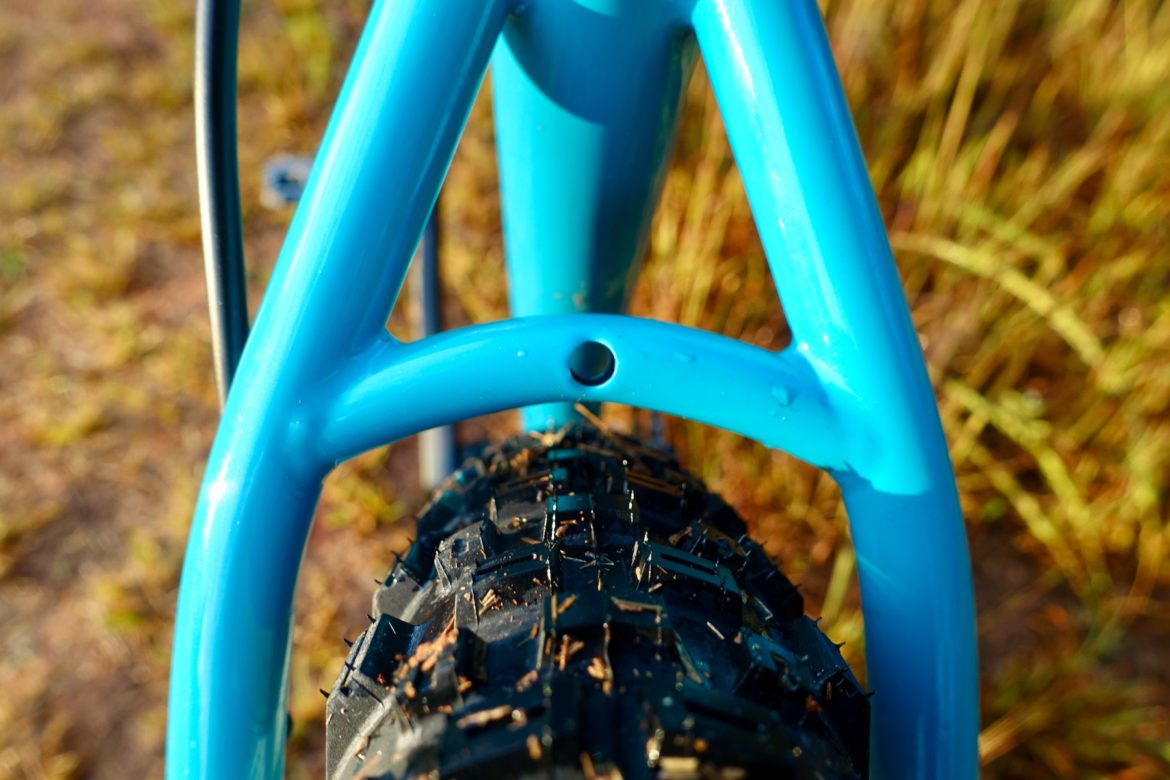
The following sections give an overview of the build, with more detailed reviews of each component coming this fall.
Drivetrain

Perhaps the most unique aspect of this build is the drivetrain, a Box Three Prime 9 X-Wide Multi-shift groupset. In keeping with the rugged and serviceable theme, the drivetrain uses a standard 9-speed chain and a full steel cassette. The entire group (shifter, cassette, chain, and derailleur) retails for just $199 and will be available for shipping in December.
The rear derailleur features a clutch and the system is compatible with narrow-wide chainrings like the one on the Truvativ Stylo I used for this build. In limited testing I have not managed to drop a chain.
The cassette is not wanting for range, spanning from 11 to 50 teeth. For those keeping track, a 12-speed Eagle cassette also tops out at 50 teeth on the high side, so this offers nearly the same range but with fewer gears.
Suspension
Up front the Orange P7 gets the newest Helm fork from Cane Creek, the Works Series 130. The fork was practically made for this frame, offering stout 35mm stanchions and just the right amount of travel. It’s super adjustable too, with high and low speed compression, low speed rebound, and an 8-position air volume adjust.
The D-Loc thru axle is rock solid. The fork has a 44mm offset and is made for large-diameter rotors, 180mm minimum. Cane Creek says the fork will fit 29er tires up to 2.5-inches wide, though I fitted this build with 2.6-inch tires. Truthfully there’s not a lot of clearance so I may switch to a slightly narrower tire.
Brakes
TRP’s G-Spec DH brakes offer incredible stopping power and clearly they look great too. This is a four-piston brake and I’m running them with 180mm TRP rotors front and rear. The split hinge handlebar mount is welcome when swapping bars and fitting with other controls.

So far I’m really digging the dimpled and drilled lever that was reportedly designed by Aaron Gwin himself.
Wheels and tires

Carbon wheels on a steel hardtail might seem odd at first glance, but choosing the Reynolds TR 309 S wheels was a very strategic decision. Obviously carbon wheels are lighter than alloy versions, which allows them to spin up quickly from a stop.

I’ve also found carbon wheels can offer an excellent ride feel, and that’s even more important on a hardtail which lacks rear suspension to smooth out trail chatter. The 30mm rims are the perfect width for running 2.4-2.6″ tires, and I was able to mount them on the first try using just a regular floor pump.

Priced at about $1,500 for the pair, these aren’t cheap wheels. But with carbon rims, bladed spokes, and decent hubs, the TR 309 S wheels offer a pretty good value.

Keeping both ruggedness and efficiency in mind, I opted for Teravail Honcho tires front and rear. I’m running a 2.6-inch-wide tire up front, and a 2.4 in the rear. At about 900g each, these tires offer a great balance between light weight and strength.

So far I’ve found the tread to work great in a variety of conditions, from loose and damp to hardpack and even pavement.
Cockpit


Shifter paddles. 
Up front the bike features the new e*Thirteen Race Carbon handlebar (800mm, cut down to 780mm) and a 50mm Base 35 stem. I’m running the 20mm rise version of the bars with a fresh set of Lizard Skins Charger EVO grips.
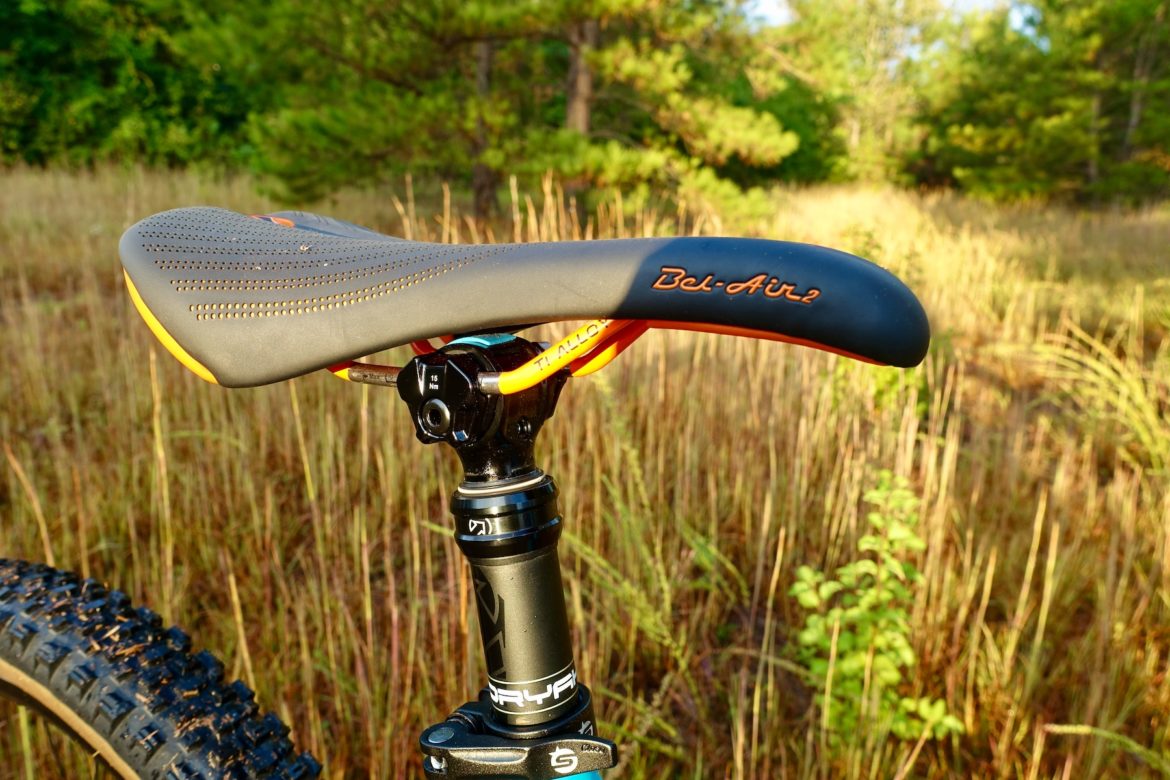
Thus far the Pro Koryak dropper post has brought me the most joy. It’s hands down the easiest post I’ve installed, and with 170mm of travel, it’s incredibly versatile. The seat returns quickly with a satisfying thunk, and the post head is simple and virtually frustration-free when swapping saddles.

Speaking of saddles, I’m running the SDG Bel-Air 2.0. This saddle was originally intended for the build, but while waiting for other parts to arrive I tested it pretty extensively on another review bike. It looks good, and feels good, which is key for a saddle, or just about any other component for that matter.
More to come
Without pedals, the Orange P7 29 hardcore hardtail build weighs 28.4 pounds. As of this writing, I’ve only taken the bike out once and it felt incredible, so stay tuned for detailed information and reviews of everything mentioned above.
Thanks to all of the respective brands for providing parts for review. And thanks to Patrick at Loose Nuts Cycles for helping sort out the details and getting the bike built up.






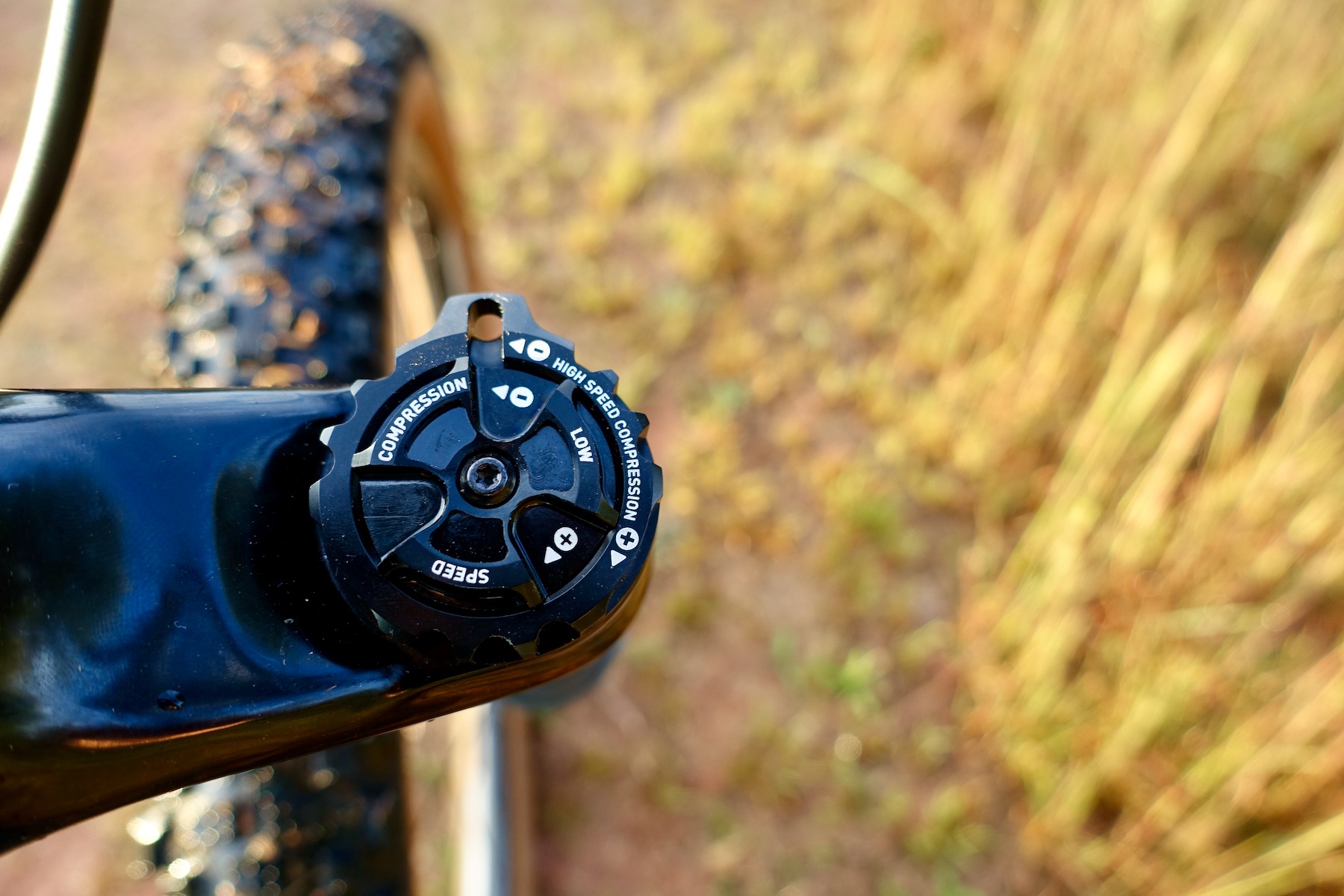

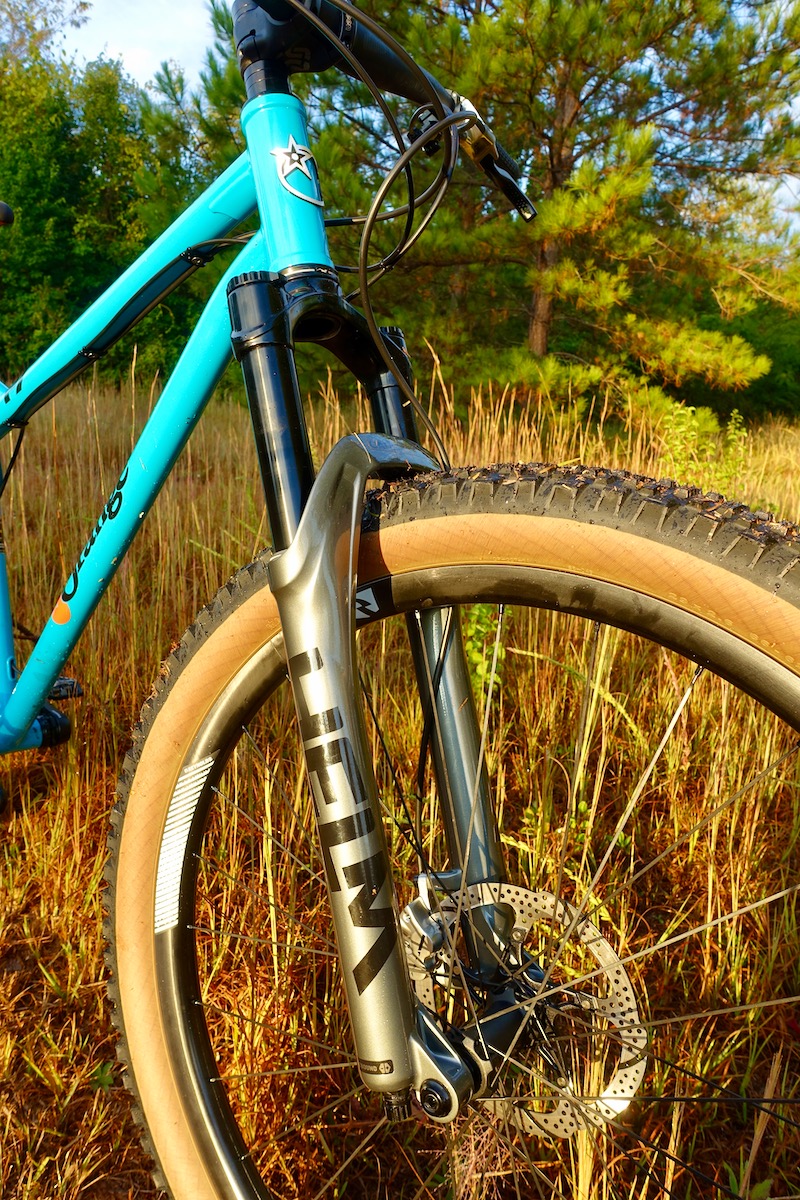






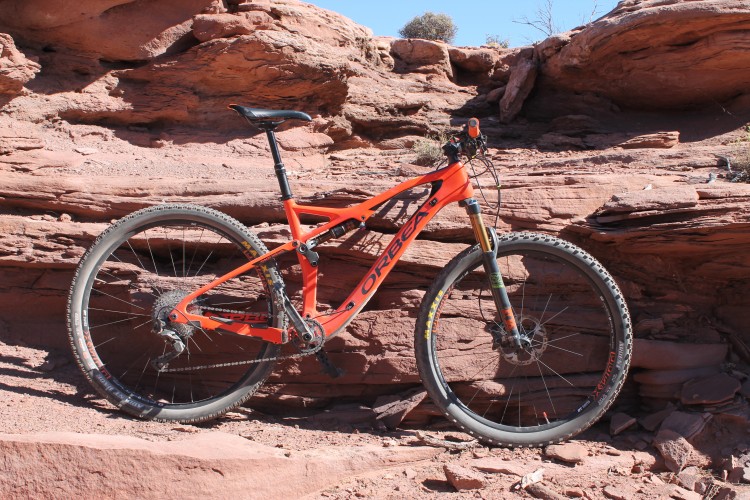
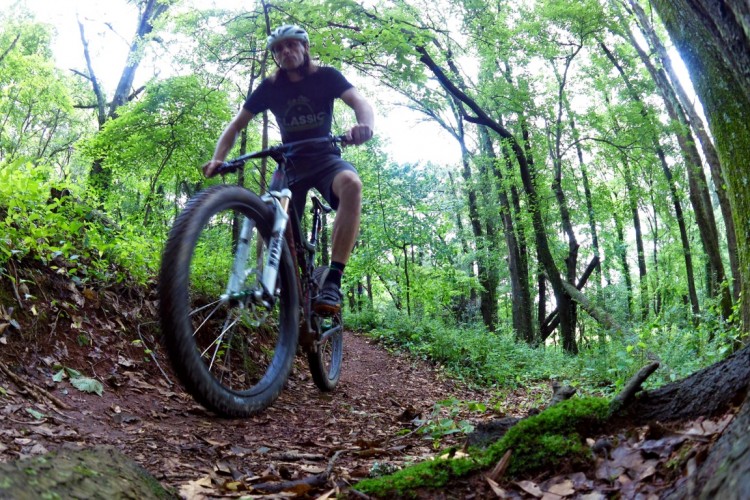

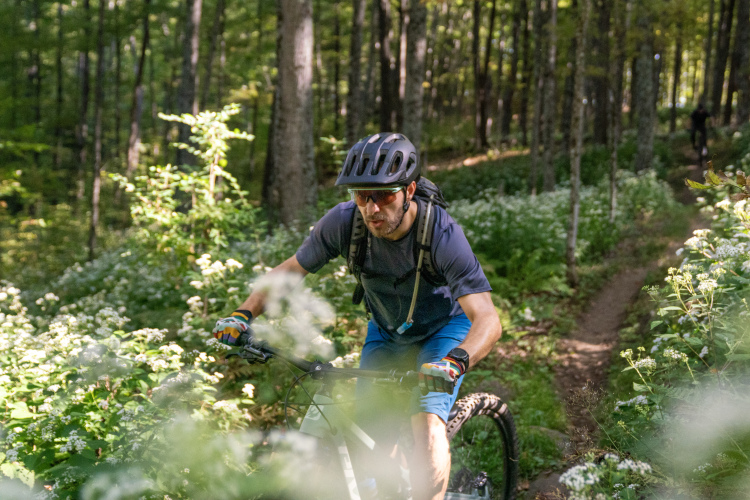

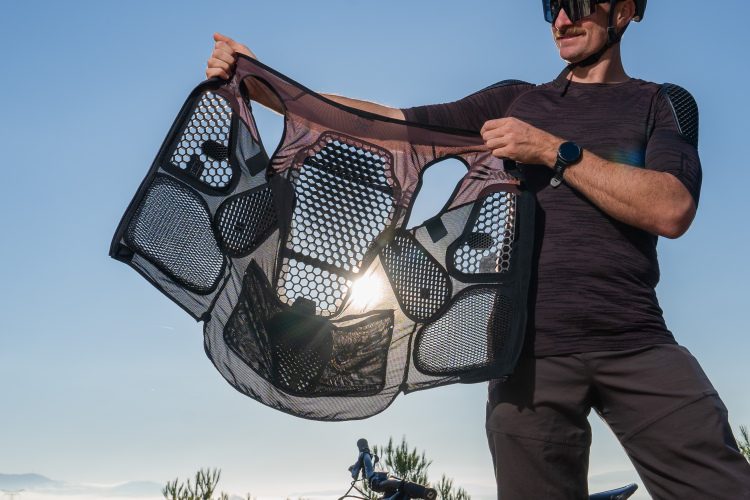


7 Comments
Oct 30, 2019
For the steel, I'm concerned about weight and maintenance. But if properly maintained should last longer than aluminum while offering a better feel. For titanium, it is the price like 3 to 4 times. But the frame is less half price of total build and should be light, durable and comfortable.
Can't wait to hear more about your bike.
Oct 31, 2019
Oct 30, 2019
Overall I would consider this an ideal build for myself. I am a fan.
Nov 1, 2019
Oct 30, 2019
http://www.brocklabs.com/bikes/pagedean.html
Oct 30, 2019
Oct 30, 2019